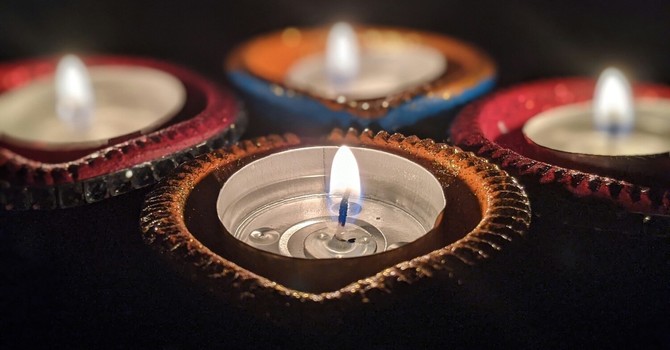
The Word “Resilience” Gets Used a Lot — But What Does It Really Mean?
The word resilience gets thrown around a lot these days — in podcasts, workplace conversations, and social media posts. It’s become one of those words we hear so often that it starts to lose meaning.
You’ll find it everywhere:
- In mental health and wellness podcasts, where resilience is often framed as a mindset or productivity skill
- In articles and workplace wellness materials, with headlines about “building resilience” or “resilient leadership”
- On Instagram and LinkedIn, in inspirational posts about “bouncing back” or “staying strong”
- In corporate wellness programs, which now frequently include “resilience training” or “resilience workshops”
Sometimes it’s meant as a compliment:
“She’s so resilient.”
Other times, it can feel like quiet pressure to recover quickly, stay positive, or keep pushing forward — even when you’re completely exhausted.
So, let’s talk about what resilience really means.
And just as importantly — what it doesn’t mean.
Resilience Isn’t About “Staying Strong” All the Time
Resilience doesn’t mean pretending to be okay when you’re not.
It doesn’t mean holding everything together, pushing through no matter what, or keeping a smile on your face while you quietly fall apart inside.
That’s not resilience — that’s survival mode, which is a very different thing.
Resilience also isn’t about avoiding pain. It’s about how you move through it.
At its core, resilience means:
Your ability to adapt to hardships, find ways to recover, and keep moving forward.
Sometimes resilience looks like getting up and trying again.
Sometimes it looks like resting so you can try again later.
And sometimes it means letting yourself cry, asking for help, or saying, “I’m not okay right now.”
Related: Building Emotional Resilience Through Self-Reflection and Awareness
Real-Life Examples of Resilience (That Might Surprise You)
We often picture resilience as something dramatic — like overcoming trauma or rebuilding your life after loss. And yes, that’s part of it. But resilience also shows up in smaller, everyday ways.
Resilience can look like:
- Setting a boundary at work, even though it feels uncomfortable
- Getting out of bed on a day when you feel mentally heavy
- Letting go of a relationship that’s no longer healthy — even if it hurts
- Starting over after a setback, even if you’re scared
- Allowing yourself to slow down after burnout
- Facing disappointment without spiralling into self-blame
None of these are about being “tough.”
They’re about staying in touch with what matters, taking care of yourself, and responding to stress in ways that protect your wellbeing — not just your productivity.
What Gets in the Way of Resilience?
We often expect ourselves to bounce back, even when the pressure is unrelenting or the emotional toll is high.
When that doesn’t happen, it’s easy to feel like we’re failing.
But the ability to cope and recover depends on a few key things — and it’s not just about grit or mindset.
Some common barriers to resilience include:
- Chronic stress with no time to recharge
- Unrealistic expectations (especially the ones we place on ourselves)
- Unprocessed grief, trauma, or loss that hasn’t been given space
- Isolation or lack of support — whether emotional, practical, or both
- Internalised pressure to be “fine” or to not need help
If your capacity to cope feels lower than usual, that’s not a flaw.
It’s often a sign that your nervous system is overextended — not that you’re “not resilient enough.”
Resilience Is Built Over Time — Not Proved in a Moment
Resilience isn’t something you either have or don’t have. It’s a capacity — and like any capacity, it changes depending on your circumstances, your resources, and what you’ve already been carrying.
You might be incredibly resilient in one area of life and feel fragile in another. That’s human.
Resilience grows when you:
- Learn how to care for yourself without shame or guilt
- Make space to feel your emotions, not suppress them
- Experience hard things and still stay connected to your values
Resilience is quiet. It’s not loud or performative. It’s the slow, steady work of tending to yourself — especially after life knocks you sideways.
What Therapy Can Offer
If your usual ways of coping aren’t working anymore — or if you’re feeling stuck, tired, and unsure how to “bounce back” — therapy can help you reconnect with your resilience.
That might mean:
- Understanding your stress patterns
- Rebuilding trust in yourself after burnout or trauma
- Creating new tools for navigating emotional overwhelm
- Learning how to rest without guilt
- Making choices that support you, not just others
You don’t have to be “strong” to start therapy.
You just have to be curious about what healing or support could look like for you.
In-person therapy in North York, online across Ontario
Book a session or reach out with questions — I’d be happy to connect.






